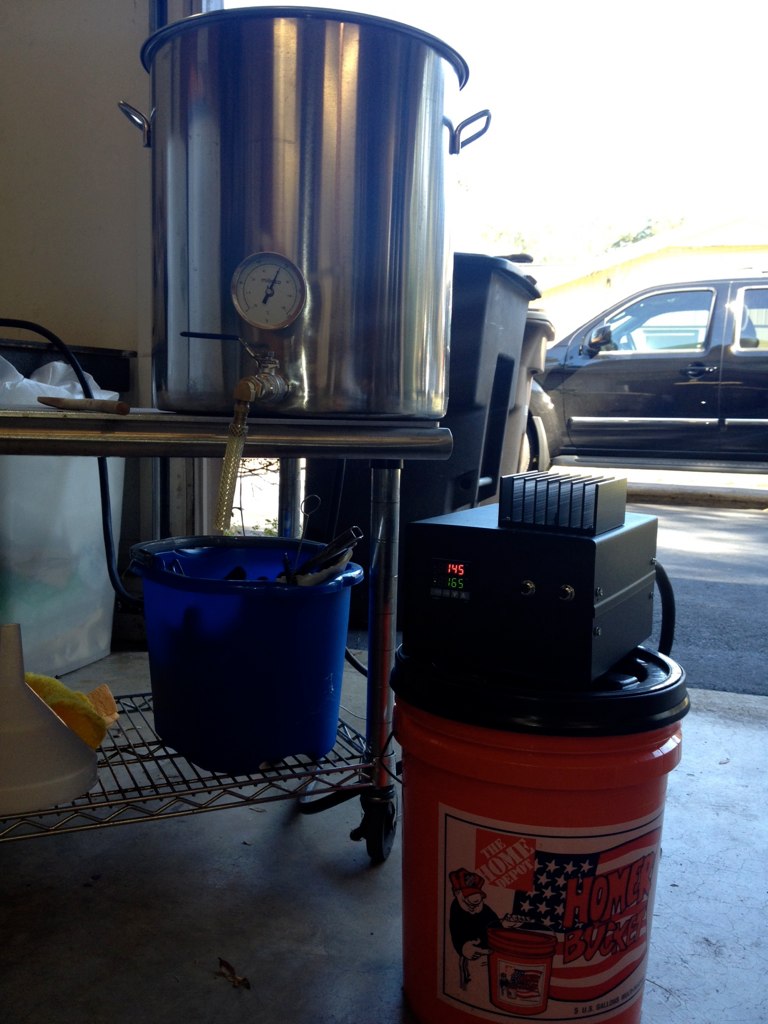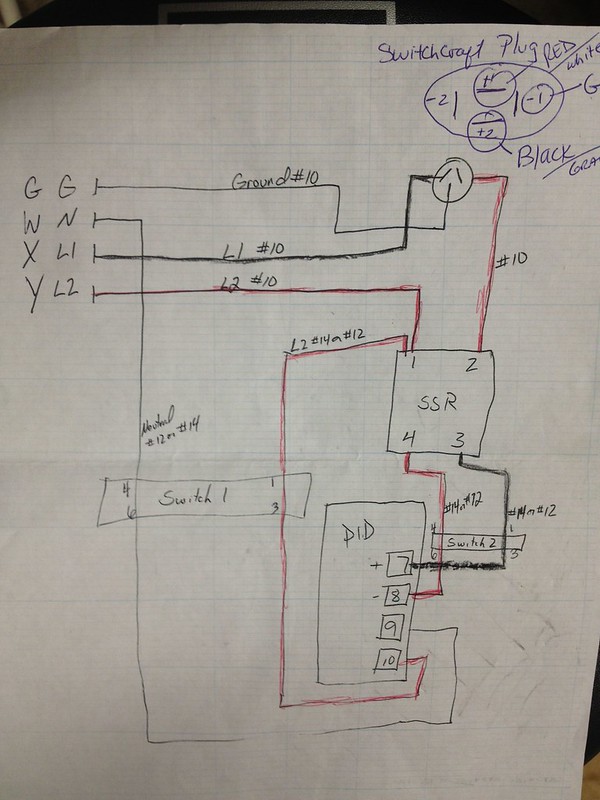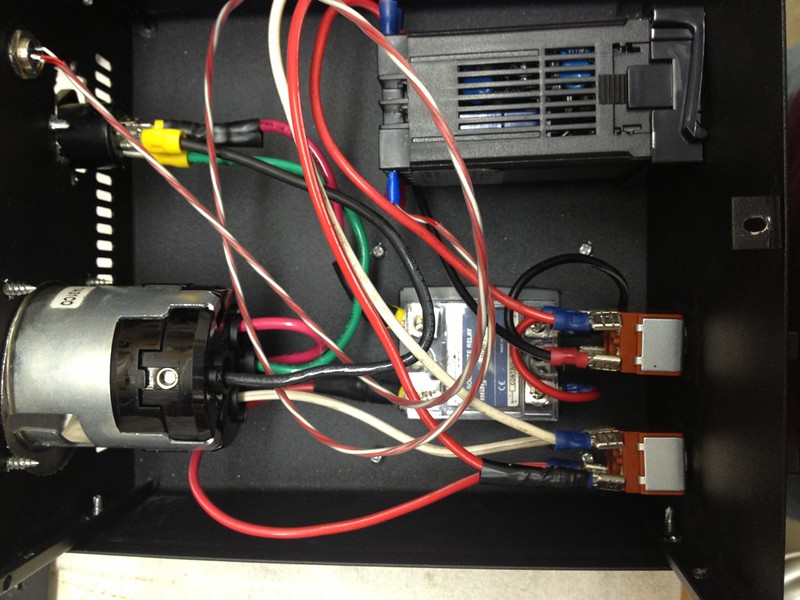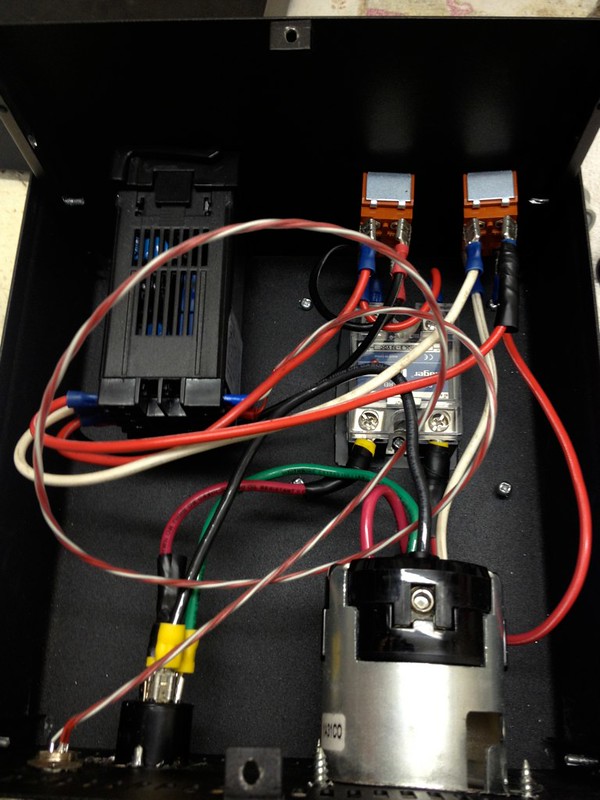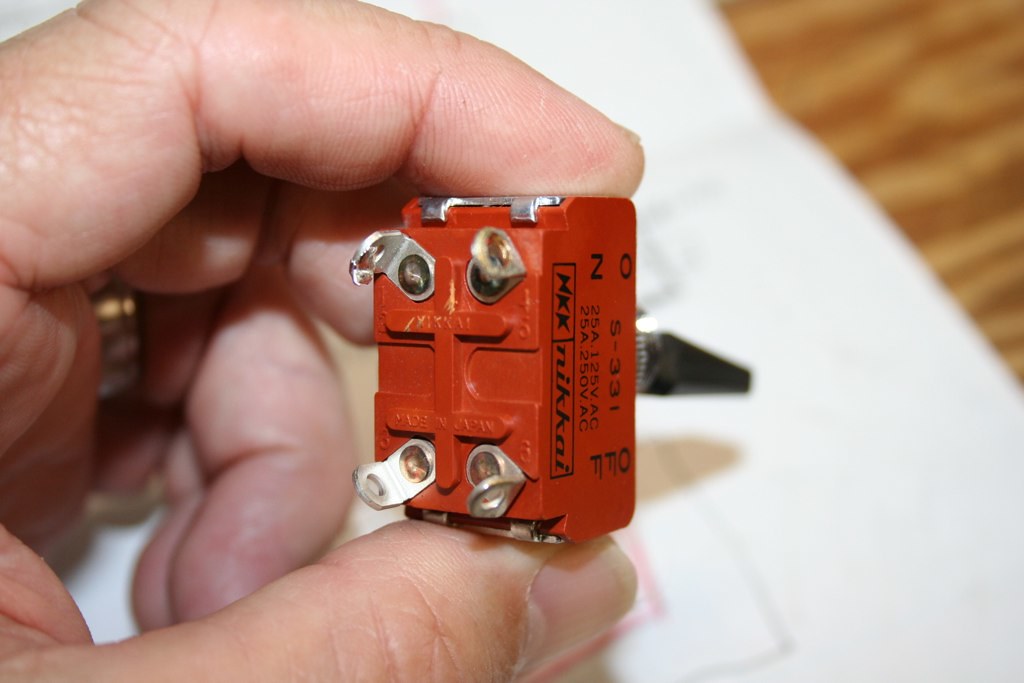What should be happening:
-You have an element that is supposed to deliver 5500W which is 5.5 kJ/sec.
-The specific heat of water is 4.186 kJ/kg/°C
-The rate of rise should be 4.66/5.5 = 0.84 sec/kg/°C
-You have 7 gal of water which, at room temperature, is about 26.5 kg
-Your temperature rise rate should thus be 0.84*26.5 = 22.26 sec/°C or 0.0449 °C/sec or 2.7 °C/minute.
-To go from 70 to 165 (95°F) should take 95/2.7 = 35 minutes or actually a bit longer as heat is lost though the sides of the pot and surface of the water. If, as has been suggested, you are only getting half (120V) to the heater the time required would be 140 minutes plus.
Another thing that could lengthen the time is if the controller is not sending current to the heater when you think it is.
I assume you have set the controller to do proportional output i.e. there is some cycle time (say it's 100 sec to make this easier) and the algorithm wants 40% heat. It then, in each 100 second cycle, sends the demand signal 40 seconds and turns it off for 60 sec. Most controllers have some indication on their panels to show when they are asking for output. Look at this light. If it isn't on continuously then the controller isn't asking for 100%.
Did you tune the controller? You must do that or it doesn't know how to determine how much power to send to the load in order to regulate without overshoot or droop. Most modern controllers have an autotune feature which makes this once laborious process very easy. Just put in 7 gallons of water and push 'autotune' it may be buried down in some menu but it should be there.
Finally, go to the hardware store and buy two of those rubber light sockets with nothing but wires coming out of them and a couple of 60W or 40W bulbs. Put the bulbs in the sockets and stick one of them into a 120V outlet and note how bright they are. Now connect the pair in series (use a wire nut) and (with the power off) connect the remaining wires across the heater. Now turn the system back on with cold water and a SP of something like 165. Be sure the PV displayed on the controller corresponds closely with the temperature of the water measured with a separate thermometer. Both bulbs should illuminate to full brilliance and should be on all the time until the PV gets within 10 - 20° of the SP. At this point the bulbs will come on once every controller cycle but the time they stay on will be less than the full cycle time. The temperature will smoothly approach the set point without overshooting (provided you did the tuning right).
All this assumes you are using the controller in PID mode which is, I assume, why you would buy a PID controller. If you are using it in differential mode the lights should stay on until the set point is reached and then stay off until PV falls delta below SP.
Forgot to address your request.
Starting at the place where the juice comes in you should have a red wire, a black wire, a white wire and a bare, green or green with yellow stripe wire. The red and black wires should be connected to an SSR input and its output should be connected to the heater terminals. The green/bare wire should be connected to the chassis. The white wire and either the red or black wire should be connected to the controllers 110V input. The heat demand signal from the controller should be wired to the SSR's gating terminals.
The series pair of light bulbs both glowing at full brilliance confirms that there is 240 V across them without a voltmeter. You ought to be able to buy a cheap multitester at the hardware store for little more than the lightbulbs and sockets. If not you can get one at Radio Shack.
I must say that I get very nervous at the prospect of people who ask questions like this fooling with something that can literally strike them dead if they make a mistake. Any chance you could find someone with some experience to help you?
